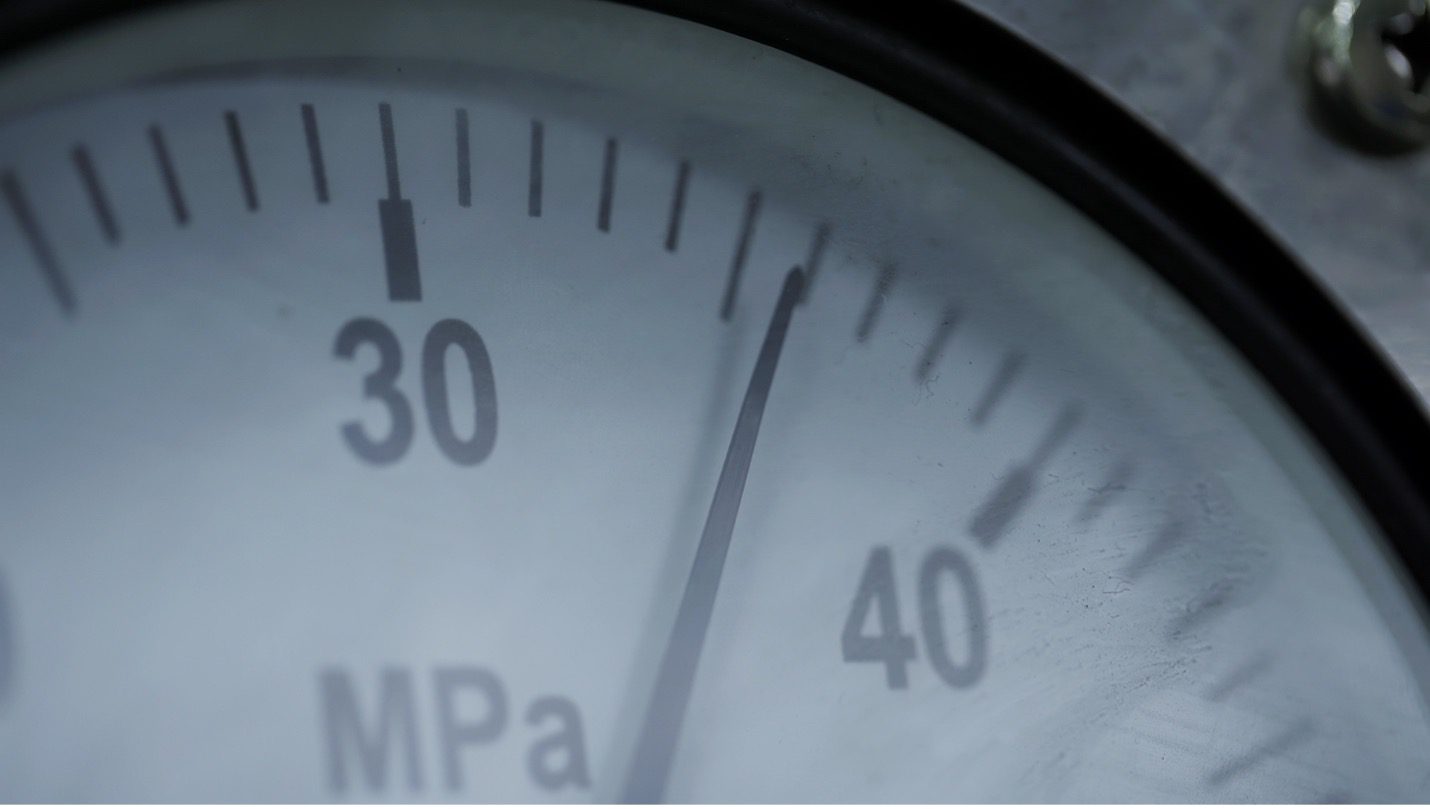
Water pressure gauges that display a higher or lower water pressure than is normal or that don’t match an independent measurement of the water pressure in the system could simply be blocked with debris or internal damage.
You could end up with water pressures that are too high. It is crucial to use a pressure gauge accurately.
Select a Pressure Gauge with the Correct Operating Pressure Range
To get the best pressure readings possible when using any pressure gauge, choose a gauge whose operating range does not exceed the actual operating pressure range for the equipment being tested.
If you’re testing pressures in a water system operating between 0 and 50 psi, a gauge that can handle pressures between 0 and 60 psi will be more accurate than one that can display pressures between 0 and 500 psi.
If your pressure gauge has multiple markings, make sure you read them all.
This simple formula will convert kPa to Kilopascals or Kilopascals into pounds per square inch (or PSI): Kilopascals = 0.1450 = PSI, or pounds/square-inch.
Check for Erratic or Jumpy Water Pressure Gauge Readings
Water pressure gauges may be erratic due to a partially clogged gauge or piping. If your pressure gauge doesn’t turn on and off until pressure reaches zero, then a pump cycling on and off does not explain pressure readings between 0 to 20.
You can check the water pressure and flow separately from the jumpy gauge to determine the cause and then pinpoint the issue.
There are several ways to check water pressure, pump pressure controls, and water pump operation against gauge pressure.
You can use an independent water pressure gauge or air pressure gauge to measure water pressure at:
When the pump is at its cut-in and cut-out points, locate the air valve on the pressure tank.
An electronic water pressure gauge that is mounted on a convenient hosebib or washing machine water line hookup is good for this.
Causes of False Water Tank Pressure Gauge Readings
Although water pressure gauges are generally accurate and do a good job, they can be inaccurate on water tanks. This is especially true if the pressure intake port, small diameter holes, or small pipes are clogged.
False high water pressure indicators
The gauge is blocked by debris or water that has clogged the valve.
False low water pressure indicators
Ensure the system water pressure is now at or near the pump cut-in. It stays there for long enough that the pressure gauge can slowly draw its higher pressure water through a partially blocked opening.
These debris blockage conditions can cause false high and low water pressure indicators on a gauge. They are also possible at a pressure switch for water pumps, which can lead to it misbehaving.
Water pressure gauges can indicate incorrect pressure if they are inaccurate or damaged.
Since 1958, Mid-West Instrument has been a leading global manufacturer of differential pressure gauges, transmitters, and switches. Our company is family owned and operated from our facility located in Sterling Heights, MI.
Our state-of-the-art factory is equipped the latest CNC machine tool technology, test equipment, calibrations standards, and oxygen clean room. This allows us to maintain precise tolerances and product quality with the shortest lead times in the industry.
Contact our experienced professionals or visit our website to learn which differential pressure instrument best fits your application.

